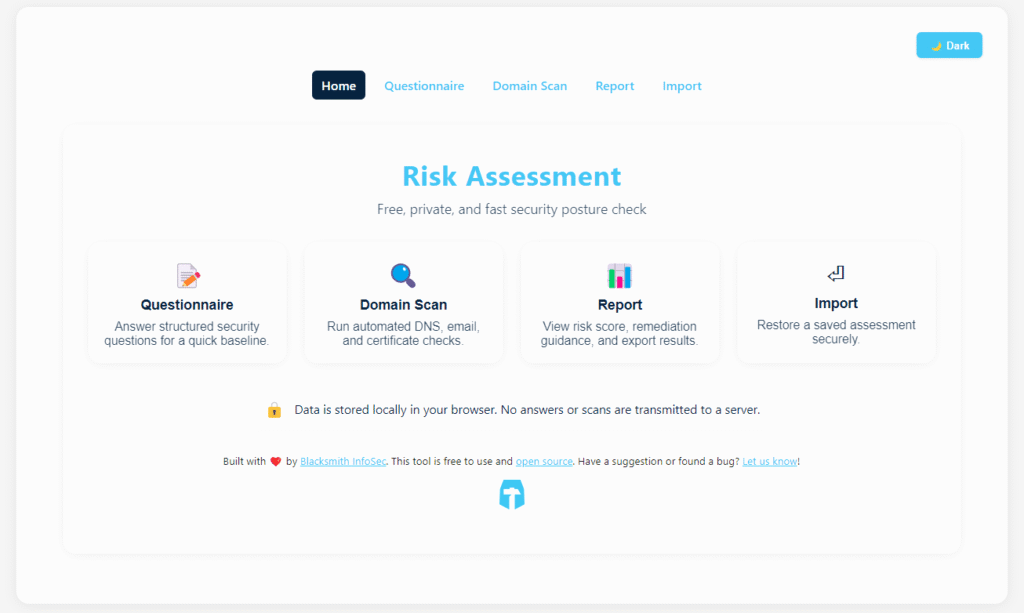2025 is seeing an explosion of AI-powered processes embedded throughout business operations — yet few companies update their Governance, Risk, and Compliance (GRC) monitoring to match.
In the rush to harness artificial intelligence for speed, efficiency, and insight, organizations across the globe have quietly introduced a new type of risk — a phenomenon security and compliance professionals are starting to call “AI-driven compliance drift.” As machine learning bots automate everything from policy checks to audit logging, many GRC teams assume these systems will catch every gap and alert them to every slip. But in 2025, a string of costly enforcement actions has shown the opposite: automated controls can quietly fail, update, or fall out of sync with regulations, leaving businesses unknowingly noncompliant for weeks or months.
It’s a silent scenario, but a costly one: regulators in the U.S. and EU are accelerating penalties for even brief lapses in oversight, especially in sectors where AI is now embedded in critical processes. Recent industry analyses indicate that only a small minority of enterprises — well under 20% — have implemented real-time, continuous monitoring of their AI-enabled controls, leaving most compliance officers without full, up-to-the-minute oversight.
What Is “AI-Driven Compliance Drift”?
Compliance drift, on it’s own, isn’t a new term. It occurs when established controls and processes, once set up to meet regulatory requirements, gradually become less effective or even obsolete — often without anyone’s immediate knowledge. In the AI era, this risk is magnified. Machine learning algorithms, automated workflow bots, and intelligent monitoring tools are lauded for their efficiency and scale, but they can silently fall out of alignment with policy, business changes, or emerging laws.
Unlike traditional compliance failures — where a broken control is noticed in daily operations — AI-driven drift is hard to detect. Why? Because these systems are often trusted to self-correct and adapt, but in reality, they are susceptible to:
-
Model drift: AI systems lose accuracy or relevance as the data or environments they’re trained on evolve.
-
Rule or configuration fatigue: Automated controls may rely on rules or workflows that don’t automatically update in step with new regulatory requirements or business processes.
-
Integration blind spots: As enterprises blend AI with legacy systems, gaps can emerge where compliance state is poorly validated or unmonitored.
-
Alert dilution: AI controls might generate fewer alerts as models age or become miscalibrated — giving a false sense of security.
The result? Compliance teams may believe that controls are doing their job, when in fact, reporting may have stopped, anomalies may go unflagged, or new regulatory obligations aren’t being checked at all.
Left unchecked, AI-driven compliance drift means organizations are at genuine risk: undetected vulnerabilities build up, regulatory exposures accumulate, and the first sign of trouble may come as a regulatory fine or a public breach. This risk is especially heightened for firms operating in highly regulated sectors, where the velocity of both technological and regulatory change is accelerating.
| While AI offers speed and automation, the risks of “compliance drift” underscore why it’s still unwise to fully trust AI with critical compliance management tasks — such as generating policies or tracking end-user policy acceptance. AI-driven systems can overlook important regulatory nuances, misinterpret context, or silently fail to update rules in line with the latest legal changes. In practice, this means your AI-generated policies might omit crucial requirements, and automated policy tracking could easily miss exceptions or improperly log user acknowledgments. Ultimately, compliance remains a fundamentally human responsibility: AI can assist, but shouldn’t replace, rigorous oversight and manual review when it comes to meeting regulatory obligations. |
Why It Matters
With “Operation AI Comply” and settlements against firms like Cleo AI proving out heightened enforcement from U.S. agencies such as the FTC, organizations face unprecedented scrutiny over how they manage risk and compliance — especially in AI-enabled environments. Even a short window of unmitigated noncompliance can now trigger fines in the millions. This is not a theoretical risk: regulators are actively pursuing and penalizing lapses in critical industries, and the consequences are fast becoming business-critical.
Complicating matters, a recent industry analysis shows that as few as 5% of organizations have implemented mature “continuous controls monitoring” (CCM) programs, while new research finds that 32% of companies struggle just to keep up with the flood of new and changing regulatory requirements. This means most compliance teams operate on lagging indicators — only spotting compliance gaps after the damage is done.
The gap is even wider for AI governance, where regulatory expectations are outpacing organizational readiness. Automated processes that were deployed for agility or efficiency are now an Achilles’ heel for companies without agile compliance frameworks.
What to Do: Strategies to Mitigate AI-Driven Compliance Drift
To keep pace with today’s regulatory demands and technological change, organizations must rethink their approach to GRC. Addressing the risks of AI-driven compliance drift isn’t about abandoning automation — it’s about augmenting it with proactive safeguards and smarter oversight.
1. Implement Continuous Controls Monitoring (CCM)
Continuous, automated monitoring of compliance controls is rapidly becoming a baseline expectation — especially for organizations operating with AI at the core of their business functions. CCM tools can flag lapses, misconfigurations, or anomalies as soon as they occur, enabling teams to remediate issues before they spiral into regulatory failures.
Many leading security and compliance programs integrate CCM platform data into higher-level management/reporting tools like Blacksmith to close the loop between evidence collection, alerting, and compliance attestation.
2. Build Human-in-the-Loop Oversight
Even the most sophisticated AI-driven controls still need human review. Make human oversight a principle, not an exception — especially for critical compliance processes like policy updates, risk approvals, and regulatory response decisions. Scheduled audits and review boards inject independent scrutiny and help surface hidden failures.
3. Strengthen AI System Auditability and Governance
Maintain clear records of how AI models and bots operate: what data they use, how they make decisions, and what triggers their key actions. Establish robust audit trails and version history for automated processes, enabling root-cause analysis when something goes wrong. As regulations increasingly require algorithmic transparency, this documentation is both a technical necessity and a legal safeguard.
4. Prepare for Failover and Exception Handling
Design every automated compliance process with clear escalation and failover procedures. If an AI control or bot stops working, there should be immediate alerts and well-defined pathways for manual remediation. Conduct drills or tabletop exercises simulating the silent failure of compliance automations, so the team is ready to respond rapidly.
Checklist for Resilient AI-Driven GRC:
-
Is every AI-powered control subject to scheduled manual review?
-
Do you maintain detailed logs and audit trails for automated processes?
-
Is your regulatory library updated in real-time and mapped to live controls?
-
Are failover mechanisms and alerts in place for compliance automation outages?
-
Are compliance and risk teams trained to spot, and investigate, drift scenarios?
Summing It Up
AI can boost efficiency, but unchecked automation is a recipe for compliance drift. By blending continuous monitoring, human oversight, and adaptive governance, organizations can turn AI into a reliability asset — not a new source of risk.



